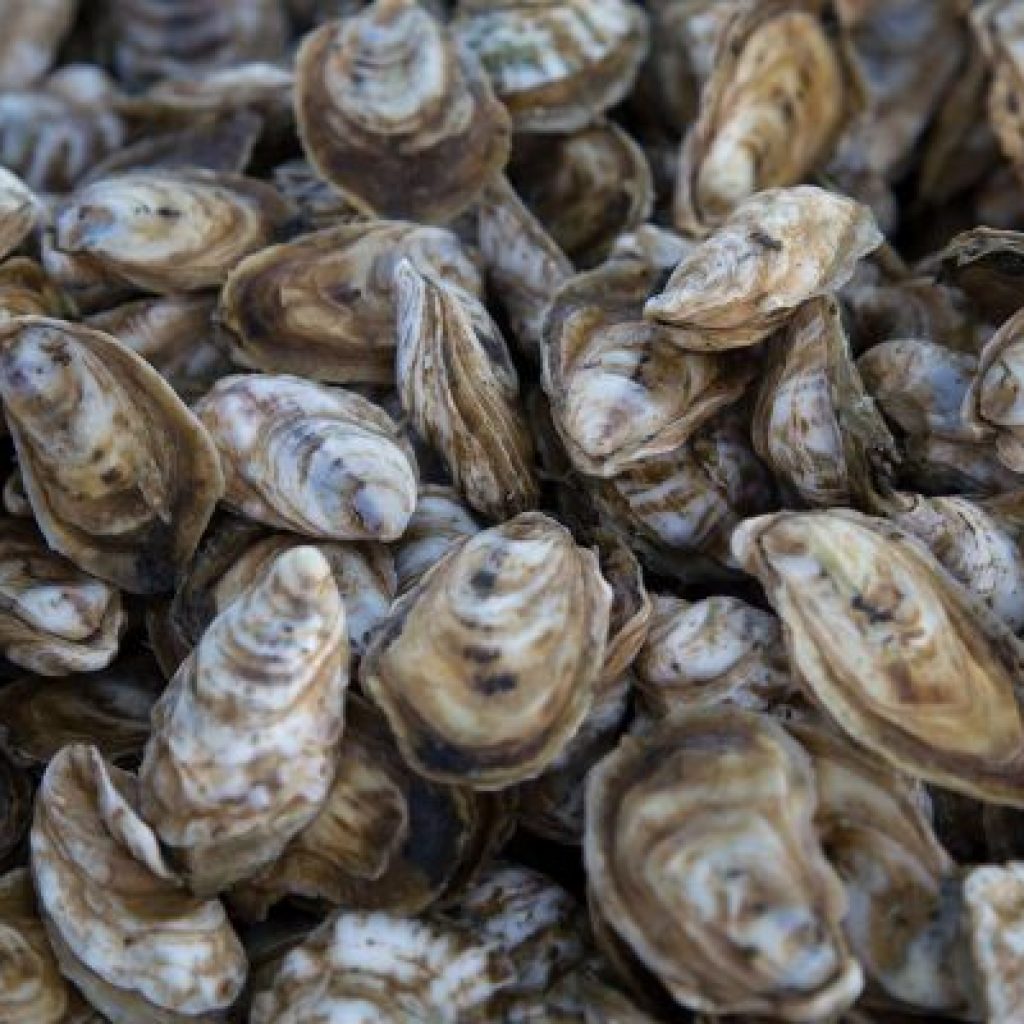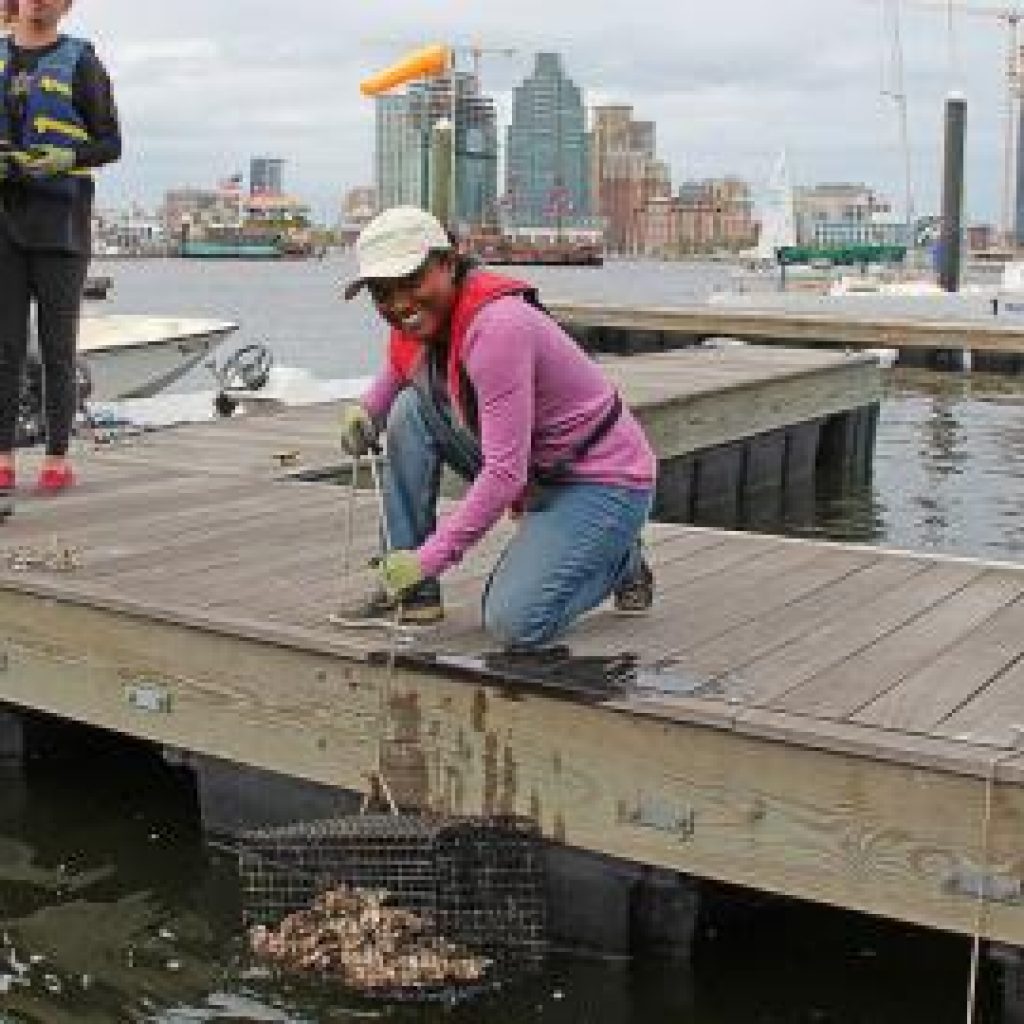Oysters are Helping Us All
By Lucy Jackson, Waldorf School
When you think oysters, you think “on the halfshell”. The oyster gardening industry differs from its fish farming relatives — rather than hindering the bay, it helps it. That’s why citizens, businesses and volunteers across the eastern shore have come together to promote bay sustainability through oyster gardening.
But how can a little shellfish have such a big impact? The answer is in the bivalve. Oysters are natural filter feeders; they pump water through their gills, ridding them of chemical sediment, and nutrients. A single adult oyster can filter upwards of 50 gallons of seawater per day! (CBP, Oysters) This makes Oysters a prime candidate for improving the health of the bay and all the life in it.

But there is a catch — oyster populations are at 1% of what they were previously (NOAA). Plagued not only by historic overfishing but by falling salinity levels due to increased agricultural runoff and sedimentation from runoff, oyster population’s growth and potential to help the bay is inhibited. Furthermore, declining water quality, specifically rising salinity levels, is a cause and effect of the oyster issue, because fewer oysters means less filtration, and less filtration means oysters die. Oysters die, and the bay, its ecosystem, and the community pay the cost.

Baltimore’s inner harbor is just one example of oyster garden instituted to grow oyster populations and help the bay. This fall, volunteers built 50,000 cages to house baby oysters through the Chesapeake Bay Foundation and the Waterfront Partnership of Baltimore. “The misconception that the harbor is dead is not true” — says CBF Baltimore Program Manager Charmera Thomas. Oyster Gardens will not only promote better water qualities but a vibrant, thriving bay ecosystem in the future, she continues. (CBS Local Baltimore)
Heading for the harbor is not the only way to help. At the root of the oyster issue are global-scale concerns like pollution, agricultural sustainability, and habitat destruction. Education and awareness on these issues is what leads to solutions. That petition you want to sign, buying organic, biking to work that day, all help. Oysters are not only a healthy helper for the bay, but a vital reminder of how our green world is always connected.
References
Cardin, R. (2019, September 28). Volunteers Install Oyster Gardens In Inner Harbor In Effort To Clean Water. Retrieved October 20, 2019, from https://baltimore.cbslocal.com/2019/09/28/oyster-gardens-inner-harbor-canton-baltimore/.
Program, Chesapeake Bay. Oysters. Retrieved October 20, 2019, from
https://www.chesapeakebay.net/issues/oyste
Chesapeake Bay, NOAA.gov. Oyster Reefs. Retrieved November 20, 2019, from





